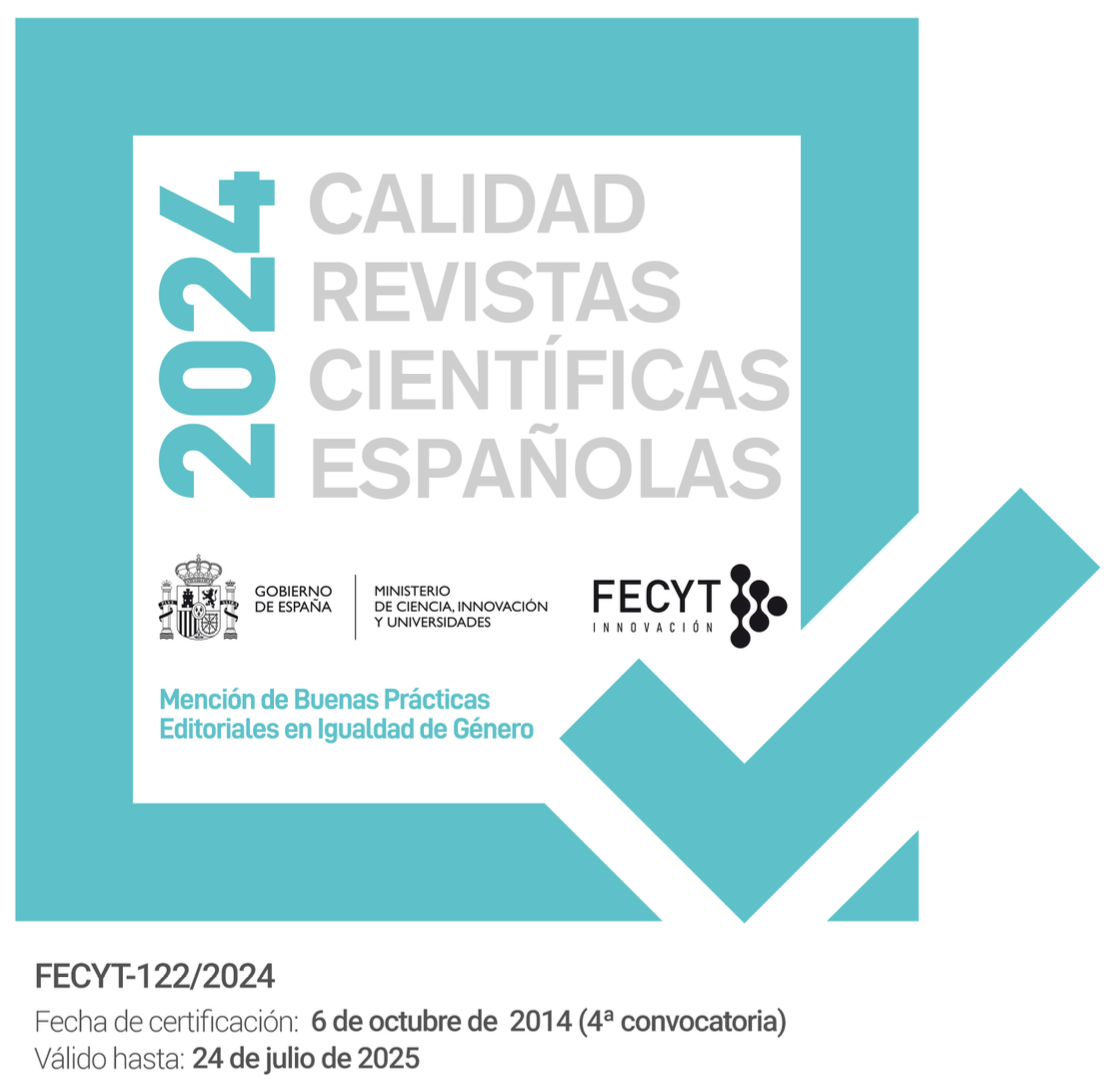Eastern and Western Promises in Jonathan Franzen’s Freedom
Abstract
This essay examines Jonathan Franzen’s novel Freedom (2010) and explores the symbolic way in which this novel uses the urban and regional spaces/places of the United States. Franzen’s use of space/place is related to Francis Scott Fitzgerald’s The Great Gatsby (1925), as well as to Franzen’s previous novels, his well-known Harper’s essay (1996), and other writings like “A Rooting Interest” (2012) or his memoir The Discomfort Zone (2007), where he scrutinizes his own position as a writer and his attitude towards nature. Franzen’s environmental concerns in the novel are also considered from the perspective of ecocriticism. The conclusion is that following Fitzgerald’s example, Franzen uses the East and West (and the urban locales of the inner city and the suburbs) as a backdrop to explore not only the meanings and interpretations of the word freedom (as has been repeatedly pointed out) but also the hopes and aspirations shared by the people of his country, the different dimensions and contradictions of the amalgam of promises and myths known as the American Dream.
Keywords: Jonathan Franzen; Freedom; American Dream; space; place; F. Scott Fitzgerald; The Great Gatsby




